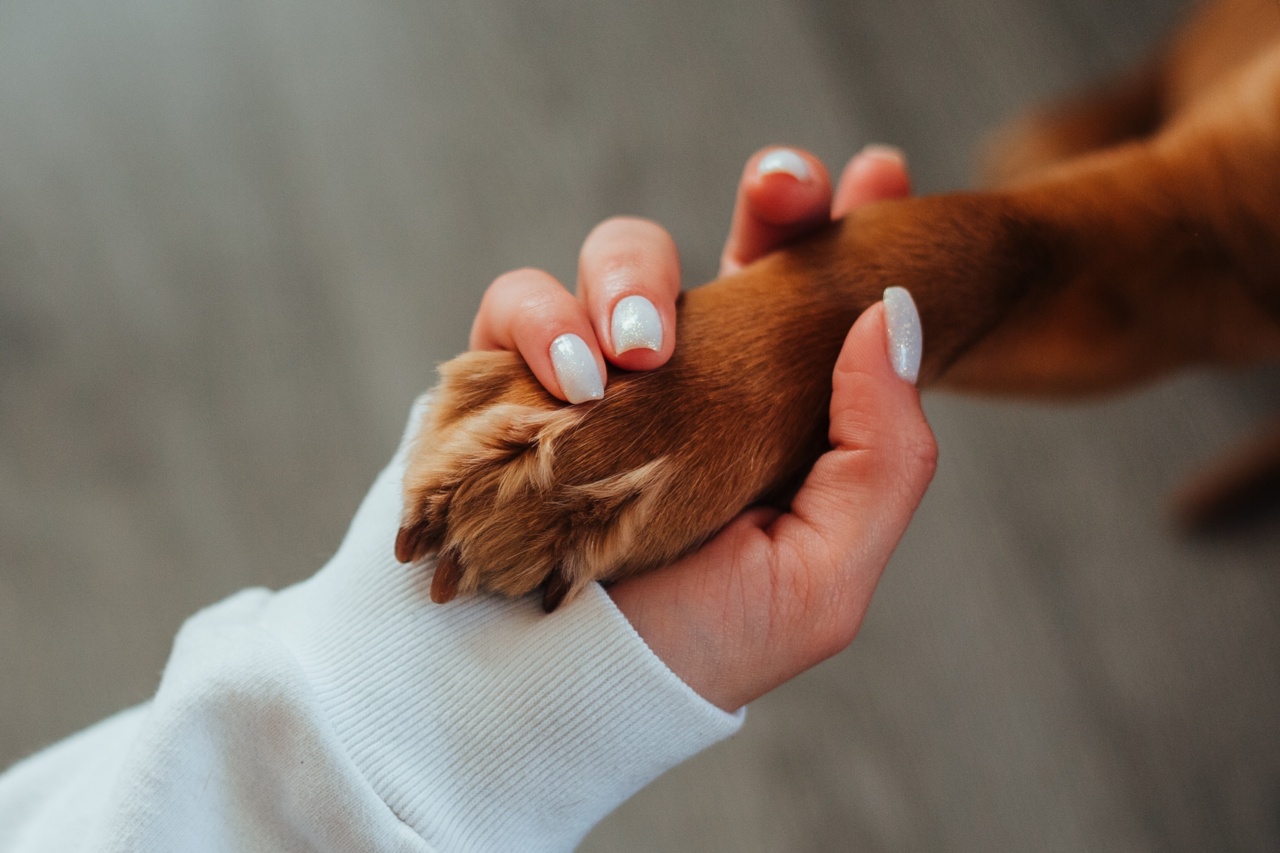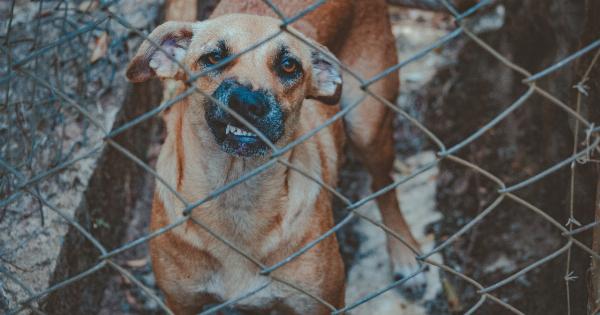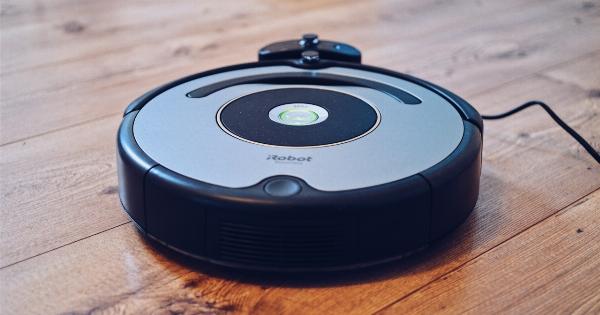Training your dog to drop unwanted objects is an essential skill that all pet owners should teach their furry companions.
Whether your dog has a habit of picking up things they shouldn’t or you want to ensure their safety, this command can be a lifesaver in various situations. In this article, we will guide you through the step-by-step process of training your dog to drop unwanted objects obediently.
Understanding the Importance of “Drop It” Command
The “drop it” command is crucial for your dog’s safety and the prevention of destructive behaviors.
It enables you to quickly remove dangerous or inappropriate objects from your dog’s mouth, ensuring they don’t swallow or chew on anything harmful. Additionally, teaching your dog to drop objects can contribute to their overall obedience and strengthen your bond through positive reinforcement and trust-based training techniques.
Getting Started with the Training Process
Before starting the training, gather a few desirable treats and choose a quiet environment where you and your dog can focus without distractions. Follow the steps below to help your dog understand and respond to the “drop it” command:.
Step 1: Begin with Basic Commands
Start by establishing a foundation of basic obedience commands such as “sit” and “stay.” These commands will lay the groundwork for teaching your dog to drop objects on command.
Step 2: Introduce the “Take It” Command
Next, introduce the “take it” command. Offer a toy or any object your dog enjoys playing with and use the phrase “take it” in an enthusiastic voice.
Allow your dog to play with the object for a few seconds before moving to the next step.
Step 3: Offer a High-Value Treat
Produce a high-value treat that your dog loves, such as a small piece of chicken or a special dog treat. Let your dog smell and see the treat without allowing them to snatch it from your hand.
Close your hand around the treat and wait for your dog to show interest.
Step 4: Use the “Drop It” Command
Now, say “drop it” and show the treat to your dog. Most likely, your dog will drop the object they have in their mouth to focus on the treat. The moment they drop the object, provide immediate praise and give them the treat as a reward.
Repeat this step multiple times, gradually increasing the duration your dog needs to hold the object before receiving the reward.
Step 5: Practice with Different Objects
Once your dog understands the concept of dropping objects, practice the command with various items they like to hold or carry. This step will help generalize the command to all objects instead of just one specific toy or item.
Step 6: Increase Difficulty and Distractions
As your dog becomes more proficient in dropping objects, gradually increase the difficulty level by introducing distractions. Start by training in a slightly more distracting environment, such as a room with other family members present.
Later, you can move to training outdoors or in a park where your dog will encounter additional temptations or unfamiliar surroundings.
Step 7: Consistency and Positive Reinforcement
Consistency is key when training your dog to drop unwanted objects. Use the “drop it” command consistently and reward your dog each time they respond correctly.
Avoid punishment or harsh methods, as they can lead to fear and anxiety, hindering progress.
Step 8: Gradually Phase Out Treats
Over time, it’s essential to reduce the reliance on treats while still rewarding your dog’s success. Begin replacing treats with verbal praise, petting, or other forms of positive reinforcement.
The goal is to have your dog respond to the “drop it” command solely based on your verbal cue.
Step 9: Maintain Regular Training Sessions
To ensure your dog retains their ability to drop unwanted objects, continue training sessions periodically. Reinforcing the command through occasional practice will help solidify the behavior and prevent regression.
Step 10: Seek Professional Help if Needed
If you encounter significant difficulties or your dog shows signs of aggression during the training process, it’s advisable to seek guidance from a professional dog trainer or animal behaviorist.
These experts can provide customized advice based on your dog’s individual needs and behavioral patterns.
Conclusion
Training your dog to drop unwanted objects is vital for their safety and your peace of mind. By following these steps and employing positive reinforcement techniques, you can teach your dog this essential command effectively.
Remember to be patient, consistent, and always prioritize your dog’s well-being throughout the training process.



























